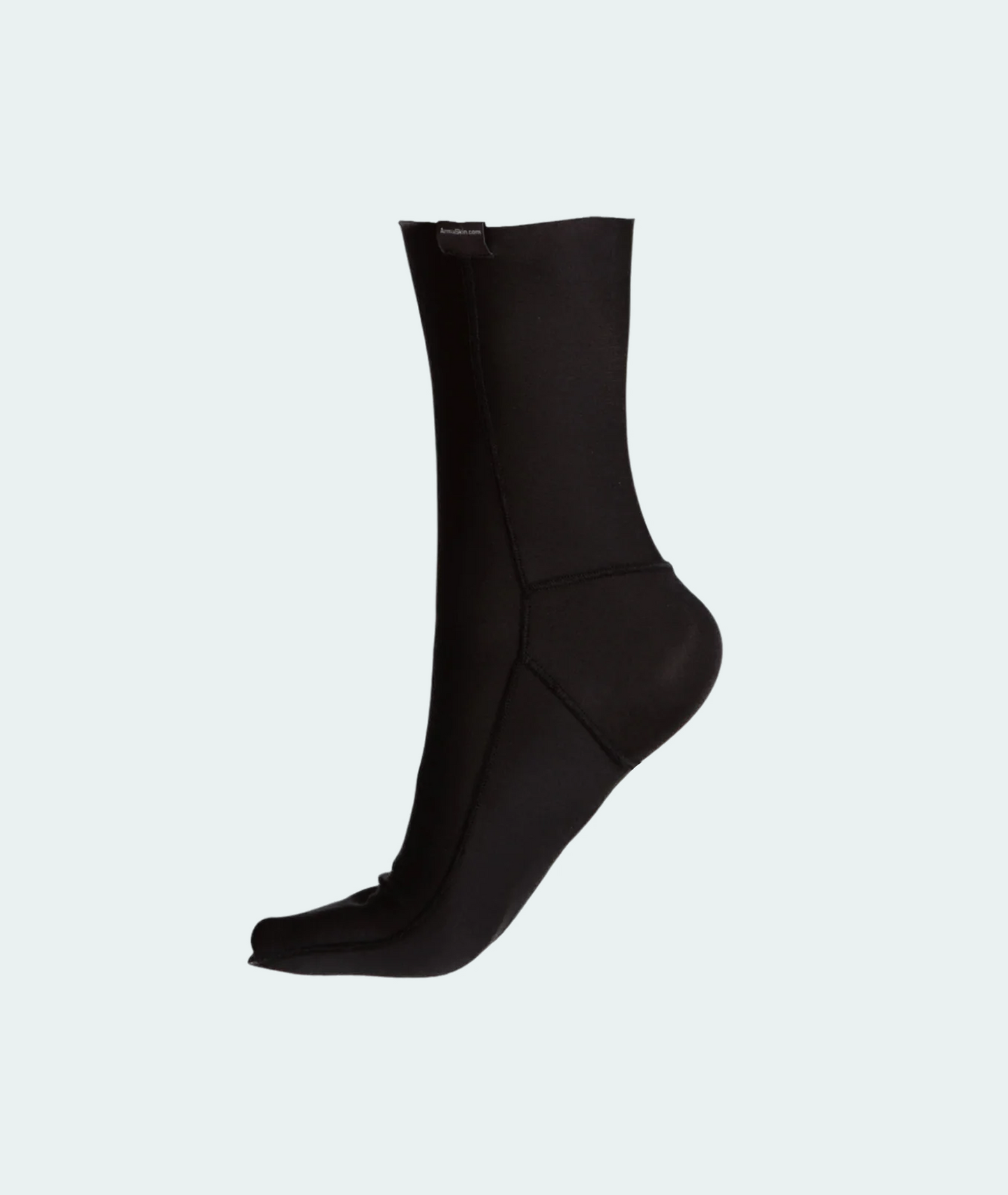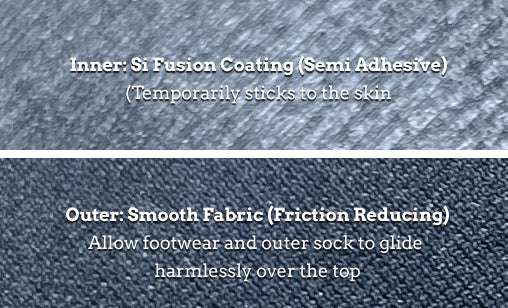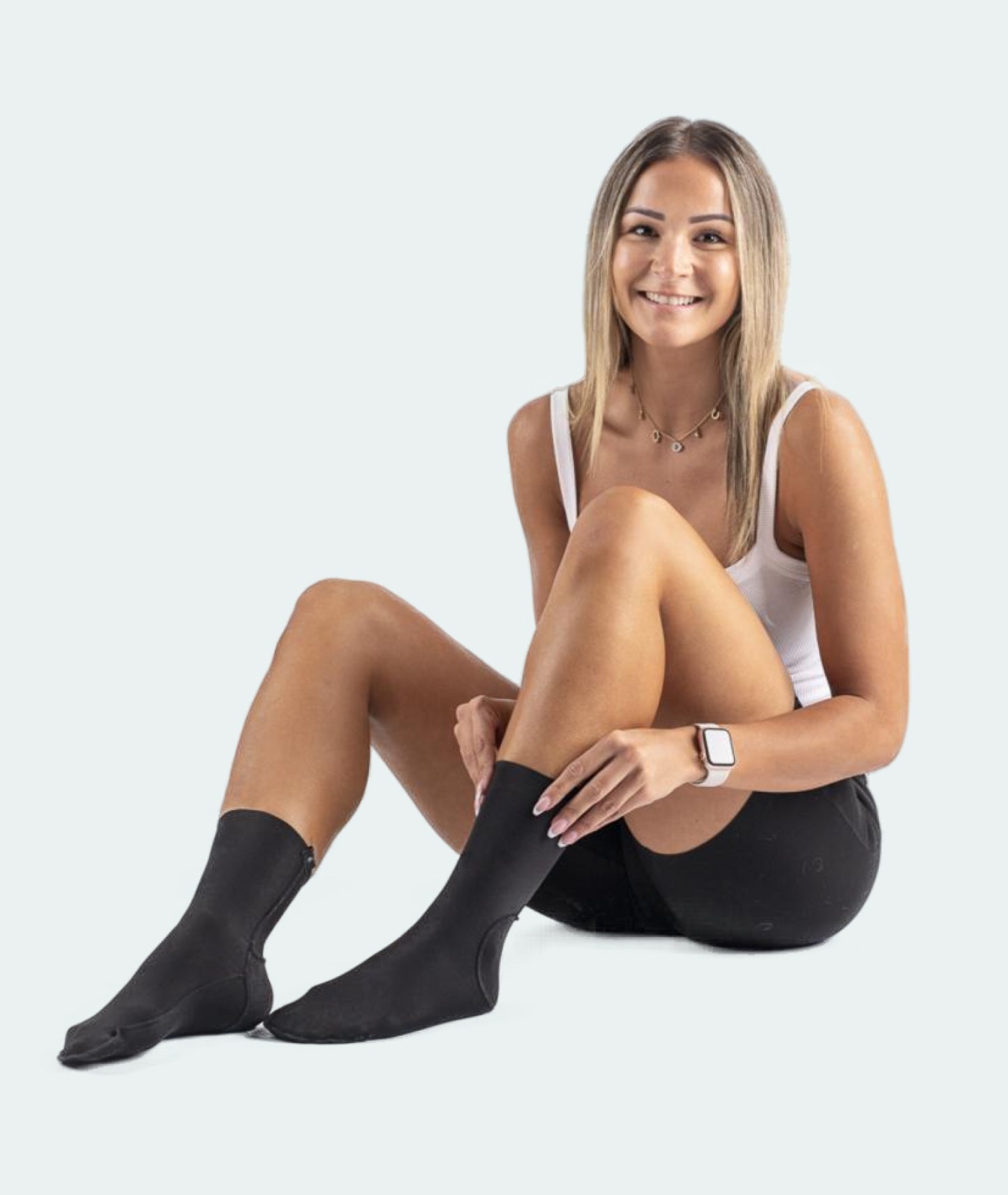How To Select A Class of Hiking Footwear
Hiking footwear comes in many variants! Knowing them is the first step to choosing the best hiking footwear for your style of hiking.
Hiking conditions can vary dramatically, be it the Pacific Crest Trail with days of ice and snow and many water crossings, the Camino with generally well-worn trails often in hot weather, or the Te Araroa with countless climbs and descents. So, preparing yourself with an understanding of the terrain and prevailing weather you will be faced on your hike is good homework before thinking about your footwear.
All hiking footwear comes with its own set of features. Choosing the right fit and function when buying your footwear is critical to performance, comfort and safety.
Broadly to describe the scale that starts from very light and flexible to heavy and rigid footwear the Classes A to D are used.
Class A
Class A is generally soft and lightweight providing lightness and speed on the road, on trails and for general walking.
Sandals

Sandals give ventilation and lightness but can lack support, durability and protection. However, some technical sandals can take you places where you might expect that only boots would do the job. Key features would be adjustable but solid straps, moulded arch support, shaped footbeds and constructed from high quality materials and stitching.
Sandals are suited for warm weather hikes on easy terrain. Some hikers pack a pair of sandals and bring them for crossing streams or to give their feet a rest and some air when the hiking conditions allow.
Don’t Let Blisters Slow You Down!
Discover the ultimate solution with ArmaSkin Anti-Blister Socks. Designed with advanced friction-reducing technology, these socks keep your feet dry, comfortable, and blister-free – no matter the challenge.
Shop NowTrail Running Shoes / Cross Trainers / Adventure Racing Shoes

These shoes are running shoes that have special features to facilitate mountain trails and rougher terrain. In general, they will have higher cuts and extra padding and sole reach for your toes. The soles are generally tougher and the shoes will be constructed in a way that they give better protection from bad weather and trail conditions. Trail Running has greatly increased in popularity and most of these types of shoes are used for running but they can be used for walking as well.
Hiking Shoes

Hiking Shoes are the entry level footwear for use on well-maintained trails and other smooth terrain. They are mostly made of suede, nylon, or other light fabrics supported with leather.
They are easy to break in and are generally flexible enough to offer comfortable walking from day one. Many of these boots have a frame architecture that will provide good support for your feet and ankles even though the cut generally does not reach higher than your ankle bones.
More advanced versions will have fully gusseted tongues to prevent water and debris from entering.
Since the fashion world has also discovered this type of shoe resulting in a large range of fashion and styles some lack the support needed for Hiking. Make sure to check the intended use of the shoe you are buying.
Approach Shoes

Approach shoes are hybrid footwear that have some characteristics in common with hiking boots, and others with rock-climbing shoes. Like a shoe or boot designed for hiking, a properly fitting approach shoe can be worn comfortably while walking for long distances; like a climbing shoe, it generally has a specialised sticky rubber sole which maintains traction on steeper grades of rock. On more extreme terrain, or when carrying heavier loads, it supports neither task as well as more specialised footwear would. Approach shoes may lack effective insulation in the soles, limiting their effectiveness for hiking over hot surfaces or in cold conditions.
Class B
Cross Hikers / Mid-weight Boots

The typical mid-weight or B class boot looks like your classical Hiking Boot.
These are boots intended for less smooth trails and light off-trail terrains. They provide a decent grip and a solid sole construction for long hikes and easy treks.
Their increased support helps on longer or even multi-day hikes. They are generally made out of slightly tougher leather or a combination of tougher synthetic materials and leather parts. The sole and the general construction are less flexible and give increased support to your ankle and arch. The cut reaches over the ankle which may cause discomfort if you are not used to having your footwear reach that high. These boots require breaking in.
Class C:
Off-trail Boots / Heavy Boots

As the name suggests, these boots are intended for rough terrain. They have more technical construction with the use of toe caps, cemented outsoles, moulded midsoles, and synthetic linings. Inner membranes often feature Gore-Text or other multi-purpose materials.
Some variants are compatible with Crampons for Mountaineering purposes and are suitable for long trips in trackless terrain with lots of luggage.
The construction of these boots is intended to give maximum support and shock absorption while remaining water resistant/proof and breathable. The increased weight and stiffness of these boots takes time to get used to. With such process best achieved in training rather than on significant hikes.
Class D:
Mountaineering Boots

These are boots that you would use to climb challenging mountains including crampon climbing for demanding glacier or icy routes.
They have special attachment points at the top of the sole for securing Crampons. Some Mountaineering Boots have a hard plastic shell with a pivot at the ankle almost like skiing boots. These work best with ice climbing but are understandably uncomfortable for long Hiking. More flexible variations use leather in combination with highly technical fabrics to achieve the best combination of maximum support while maintaining some level of comfort and breathability. Mountaineering boots have additional insulation to protect against lower temperatures.
A final word on footwear selection:
Apart from choosing the appropriate type of footwear for the adventure you are planning, selecting the right shape and size for your foot is equally critical.
The general size is important but a suitable toe box shape and size is paramount. When selecting your next pair, wear your intended socks, including your blister preventing liner socks, to the shop and understand that your feet can normally swell by about half a size after solid hiking of 3-5 hours or 8-15 km.
Common advice is to purchase a pair to accommodate the swelling. Roughly this equates to enough room to insert your finger at the back of your heel.

ArmaSkin liner socks for blister prevention work with all types of hiking footwear..














